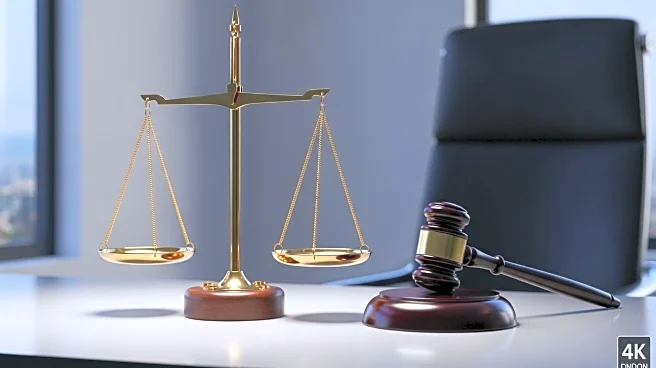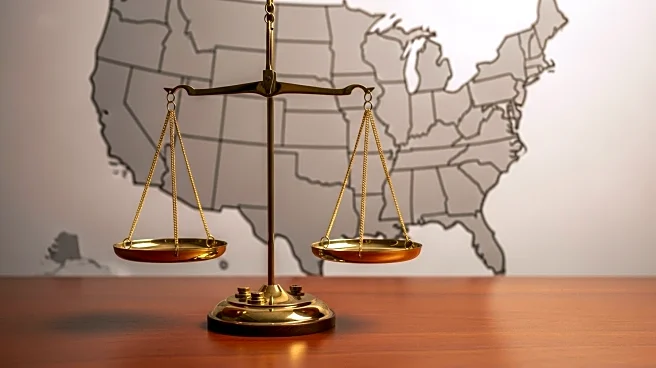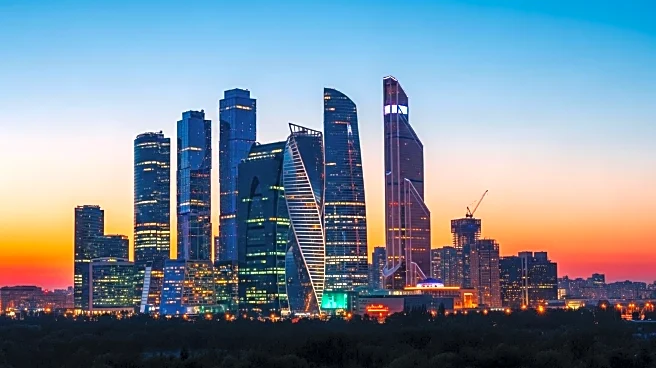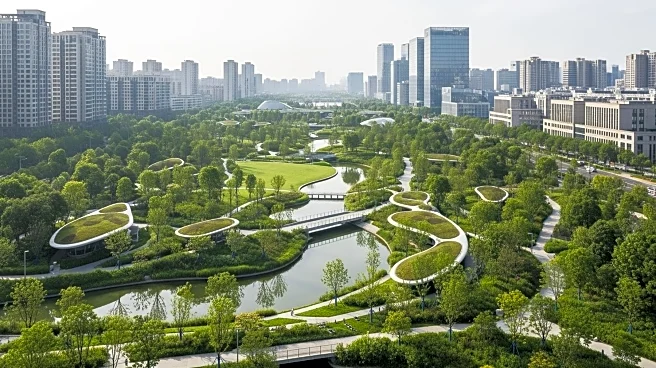What's Happening?
The Denver Architecture Foundation is initiating discussions on the future of Speer Boulevard in Denver. This conversation aims to explore potential redesigns and improvements for the boulevard, which is a significant thoroughfare in the city. The initiative is part of a broader effort to enhance urban infrastructure and public spaces in Denver. The foundation is engaging with various stakeholders to gather input and ideas on how to transform Speer Boulevard into a more functional and aesthetically pleasing area. This reimagining could involve changes to traffic flow, pedestrian access, and the integration of green spaces.
Why It's Important?
The reimagining of Speer Boulevard is significant as it could lead to substantial improvements in urban mobility and quality of life for Denver residents. Enhancing this major roadway could alleviate traffic congestion, improve safety for pedestrians and cyclists, and contribute to environmental sustainability through the incorporation of green spaces. Such urban development projects can also boost local economies by attracting businesses and tourism. The initiative reflects a growing trend in U.S. cities to prioritize sustainable and community-friendly urban planning.
What's Next?
As the Denver Architecture Foundation continues its discussions, the next steps will likely involve detailed planning and design proposals. These will be subject to public consultations and feedback from local residents and businesses. The foundation may also seek partnerships with city officials and urban planners to ensure the project aligns with broader city development goals. Funding and regulatory approvals will be critical factors in determining the project's feasibility and timeline.
Beyond the Headlines
The project could set a precedent for similar urban redevelopment initiatives across the U.S., highlighting the importance of community involvement in urban planning. It also raises questions about balancing historical preservation with modern development, as changes to iconic city structures can evoke mixed reactions from the public.










